11 Rare Military Souvenirs Brought Home by Soldiers Over the Years
Over the years, soldiers have brought home a variety of souvenirs from their deployments around the world. These items often serve as reminders of their experiences and the places they’ve visited. Some souvenirs are simple, while others hold deep personal or historical significance. Whether it’s a small trinket or a larger piece of military history, each item tells a story.
This post may contain affiliate links, which helps keep this content free. Please read our disclosure for more info.
1914 Princess Mary Christmas Gift Box
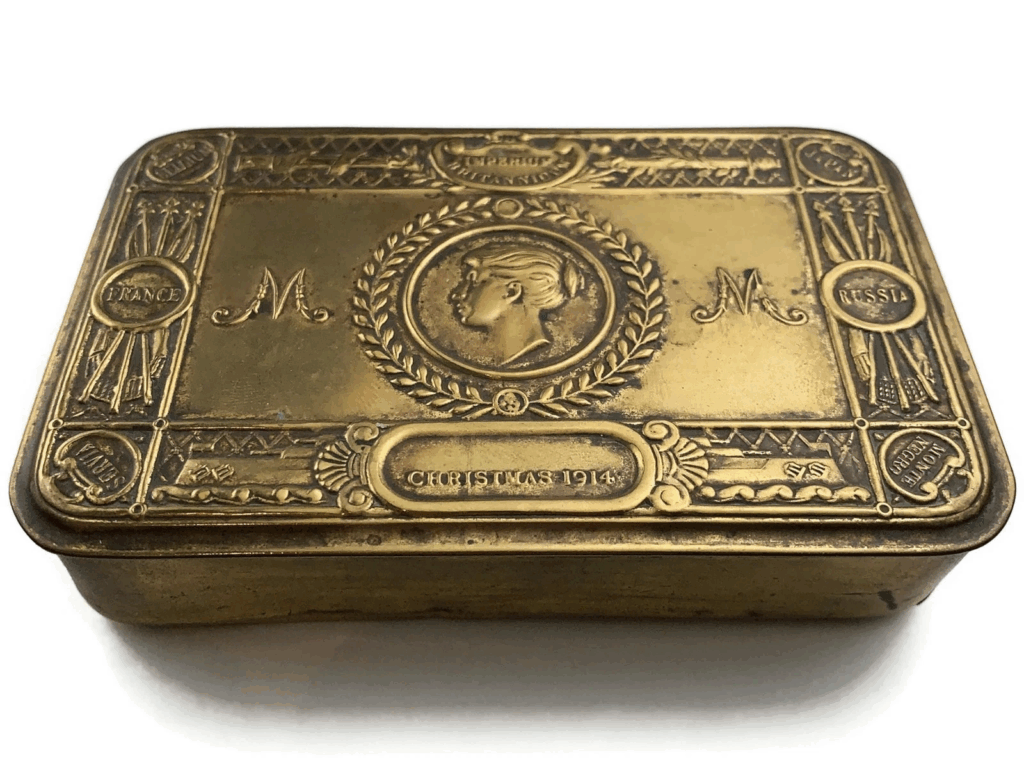
In 1914, Princess Mary, the daughter of King George V, initiated a campaign to send Christmas gifts to British soldiers during World War I. The resulting brass boxes contained tobacco, chocolate, a pipe, and a Christmas card. These boxes were sent to over 2.5 million soldiers as a gesture of goodwill. The gift was meant to ensure that every soldier felt remembered during the festive season. Today, these gift boxes are seen as significant war memorabilia.
Princess Mary’s Christmas gift boxes are rare collector’s items, especially when found in original condition. Their value depends on the box’s completeness and the condition of the contents. Some can be valued between $75 and $395, with fully intact boxes being more expensive. A vintage brass box with its original items has been listed for about $150 on eBay.
WWII Japanese Good Luck Flag (Yosegaki Hinomaru)
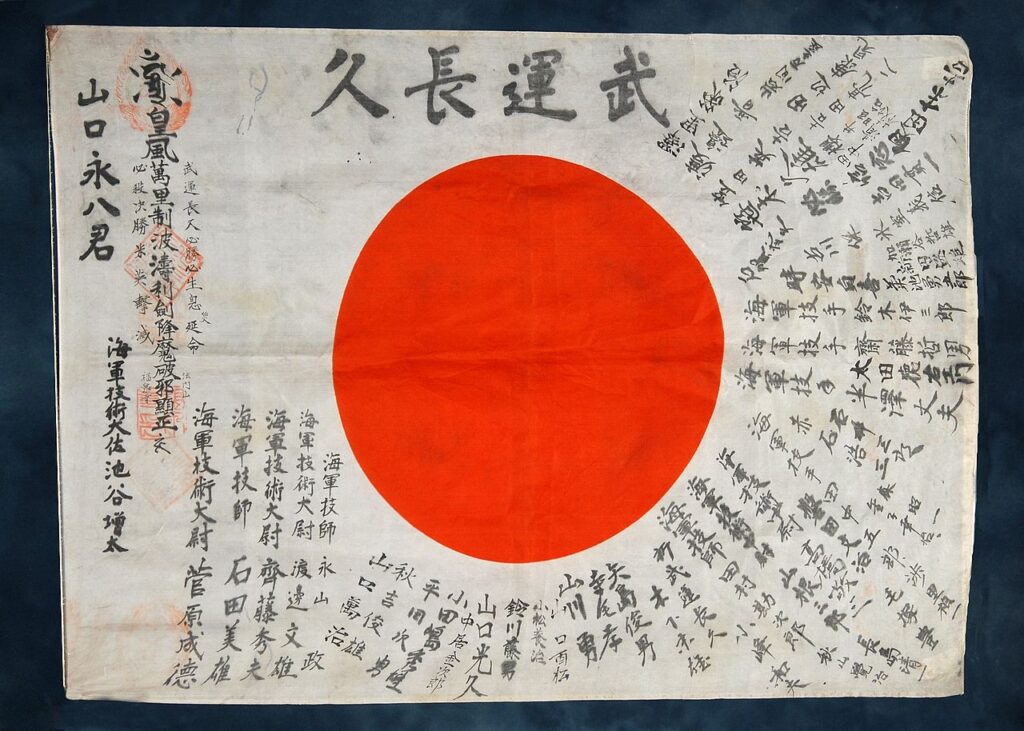
The Yosegaki Hinomaru, or Japanese Good Luck Flag, was given to soldiers during World War II by their family and friends. These flags were often signed with well-wishes, prayers, and messages of good luck for the soldier’s safe return. The flag was carried into battle as a symbol of strength and hope, often seen as a good luck charm. Each flag is unique due to the personal messages and artwork on them. These flags became treasured souvenirs for soldiers, many of whom took them home after the war.
The value of a Japanese Good Luck Flag depends on its condition and the personal inscriptions on it. Flags that were carried by soldiers and signed by family members are more valuable, with prices ranging from $150 to $400. Some rare and well-preserved flags have been known to sell for higher amounts. A signed WWII Japanese flag with provenance is listed for around $400. These flags are highly collectible, often sold through online military memorabilia auctions.
Trench Art
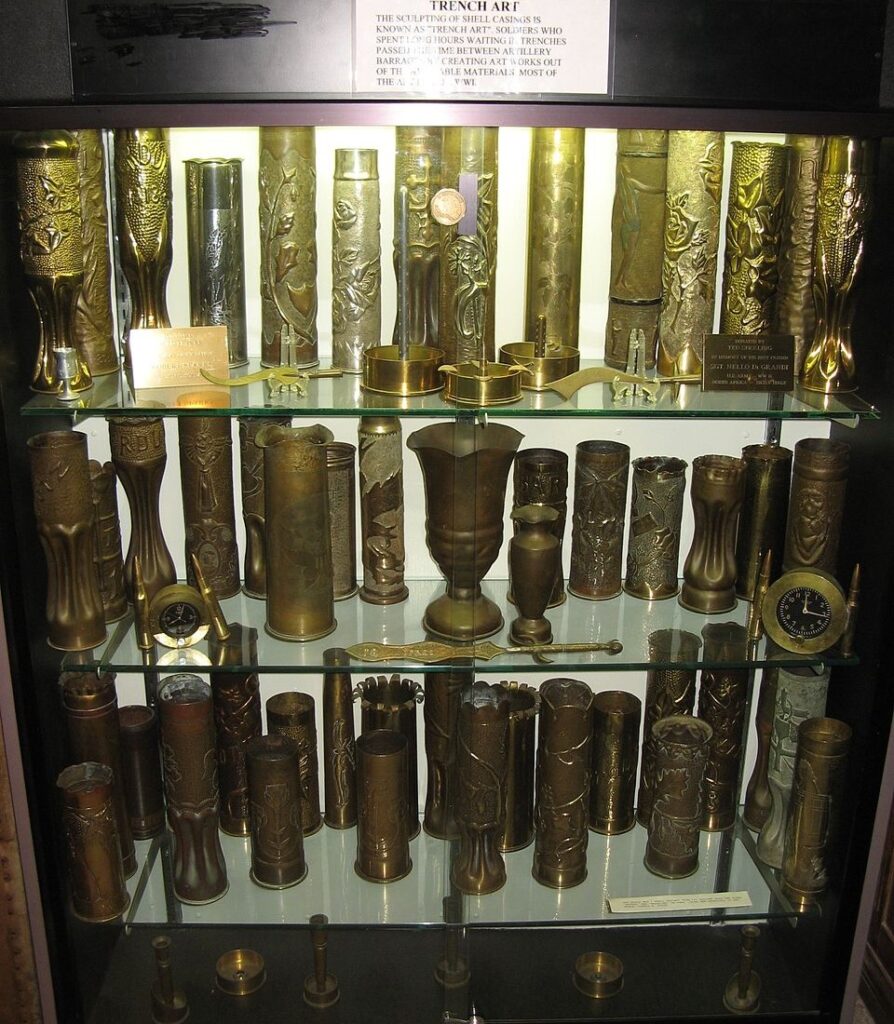
Trench art was created by soldiers during World War I and II, using scrap materials like shell casings, bullet shells, and other metal parts. Soldiers used these materials to make art pieces, such as vases, ashtrays, and jewelry, as a form of self-expression and a way to pass the time in the trenches. Many pieces were sold to raise money for war efforts or were kept as personal keepsakes. Trench art serves as a window into the emotional lives of soldiers during wartime. These items are now considered rare and valuable collectibles.
The value of trench art varies depending on its craftsmanship, rarity, and historical significance. Simple pieces can be worth around $100, but intricate, detailed works can fetch thousands of dollars. A well-crafted trench art vase made from a shell casing could be worth $500 to $800. Some exceptional examples have been sold for upwards of $8,000. The popularity of trench art continues to grow among collectors, with pieces frequently found in online auctions.
Nazi Belt Buckles
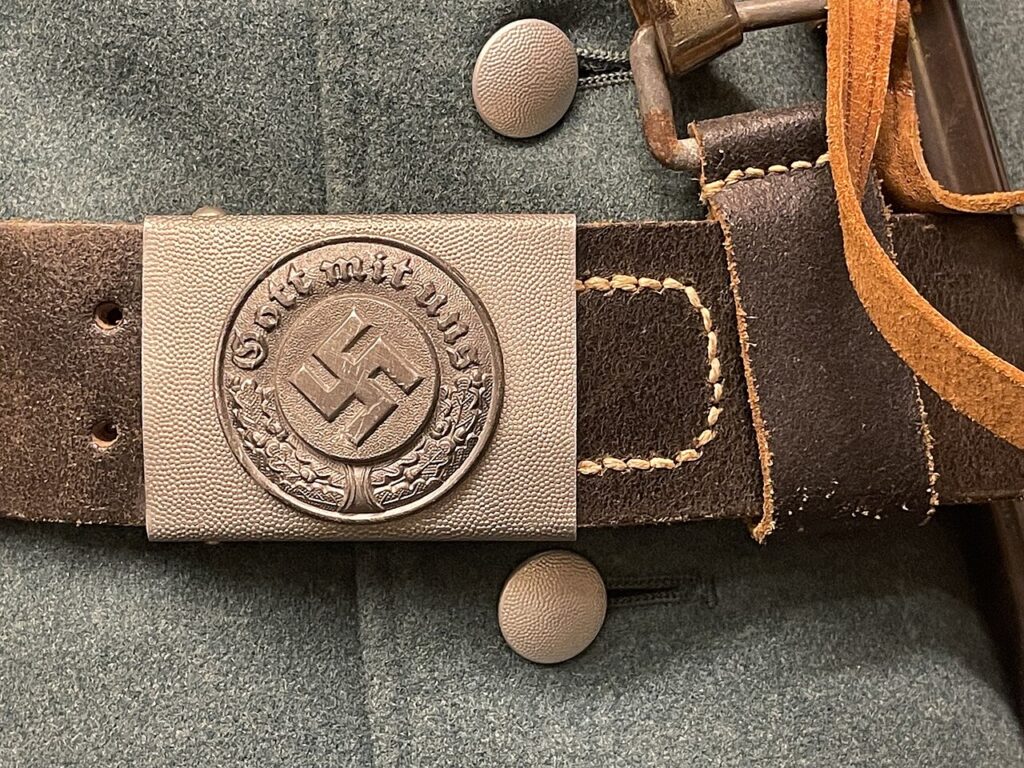
Nazi belt buckles were worn by German soldiers during World War II, featuring the iconic eagle and swastika symbol. These buckles were issued to soldiers as part of their uniform and were often taken by Allied troops as souvenirs. The belt buckle became a symbol of Nazi Germany’s military might and is now seen as a piece of World War II history. After the war, these items were often kept by soldiers as reminders of their service. The designs varied depending on the branch of the military and rank of the soldier.
Today, Nazi belt buckles are highly sought after by collectors of military memorabilia. The value of these buckles depends on their condition, rarity, and the specific markings they bear. A Nazi German Army belt buckle from 1939 typically sells for around $50, but rarer examples can fetch much higher prices, up to $300. Some limited-edition or well-preserved buckles have sold for even more. These items can be found at online military memorabilia stores and auctions.
Pickelhaube Helmet
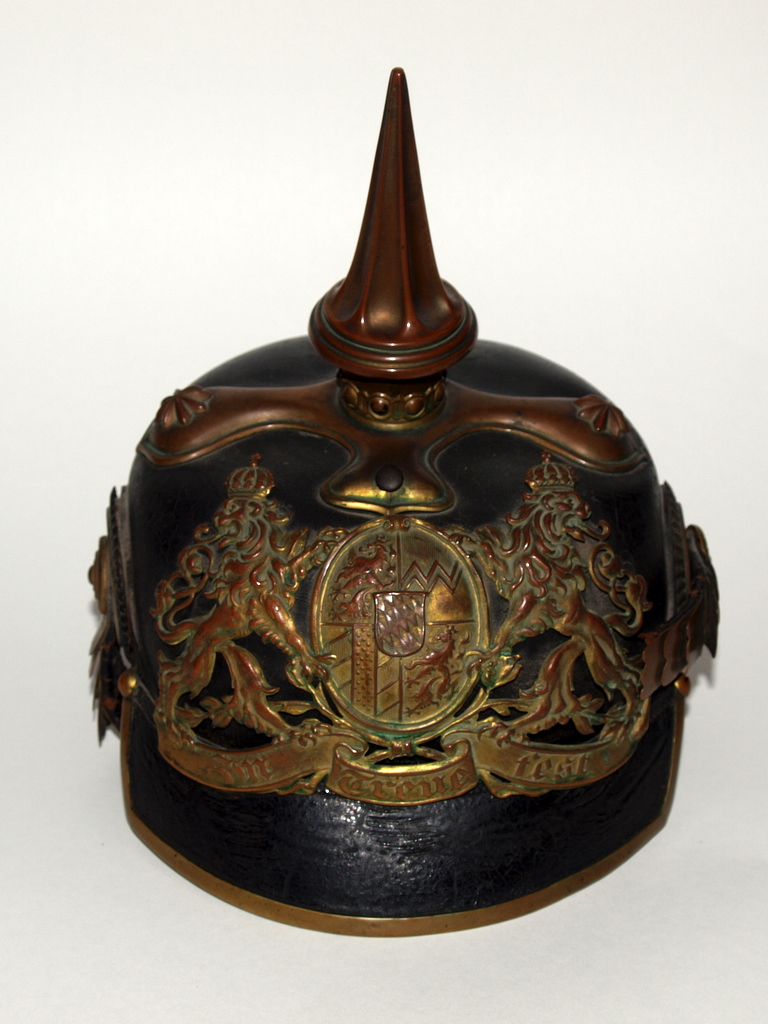
The Pickelhaube was a spiked helmet worn by German soldiers during the 19th and early 20th centuries. Initially designed in the 19th century for use by Prussian soldiers, the helmet became a symbol of military authority and was worn by soldiers across Germany. Allied soldiers often took these helmets as souvenirs, and they remain a popular collector’s item today. The helmet’s distinctive spiked design made it easily recognizable, and it was often associated with German militarism during the early 20th century. Soldiers would sometimes engrave their helmets with their names or regimental insignia, adding personal touches.
Pickelhaube helmets are valuable for collectors, with prices ranging from $200 to over $1,000, depending on condition and markings. Helmets that were issued during World War I and carry original markings tend to be more expensive. An original M1915 Prussian helmet with spike and leather lining has been priced around $400. Some of the rarer versions, such as those worn by officers or featuring special engravings, can fetch more. These helmets are often sold through auction sites that specialize in military artifacts.
Japanese Katana Sword
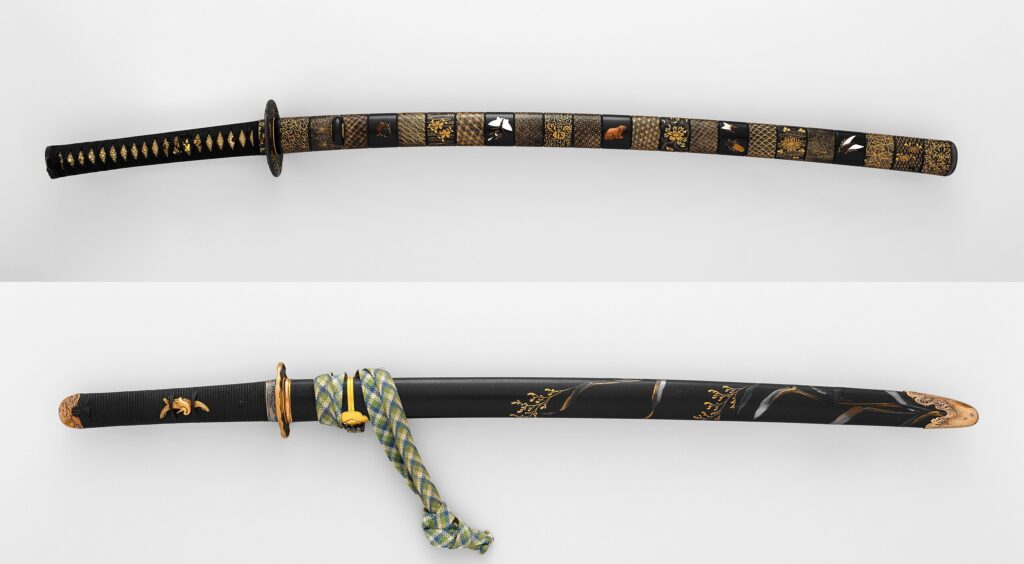
Japanese officers during World War II carried swords known as katanas, which were often taken as trophies. These swords were crafted with great precision, designed to be both functional and ceremonial. The katana became a symbol of the Samurai warrior class and is revered in Japanese culture. Soldiers would often bring home these swords as reminders of the battles they fought and the culture they encountered. These items are now highly collectible and are valued for their historical and cultural significance.
Authentic katanas with provenance can command prices ranging from $1,000 to over $10,000. A well-preserved katana with its original fittings and a verified history can fetch up to $8,000 or more. A WWII Japanese officer’s samurai sword antique katana is listed at $4,999. These swords are typically found in online auctions or specialized sword dealers. The rarity and craftsmanship make them a prized possession for collectors.
U.S. Paratrooper Gear
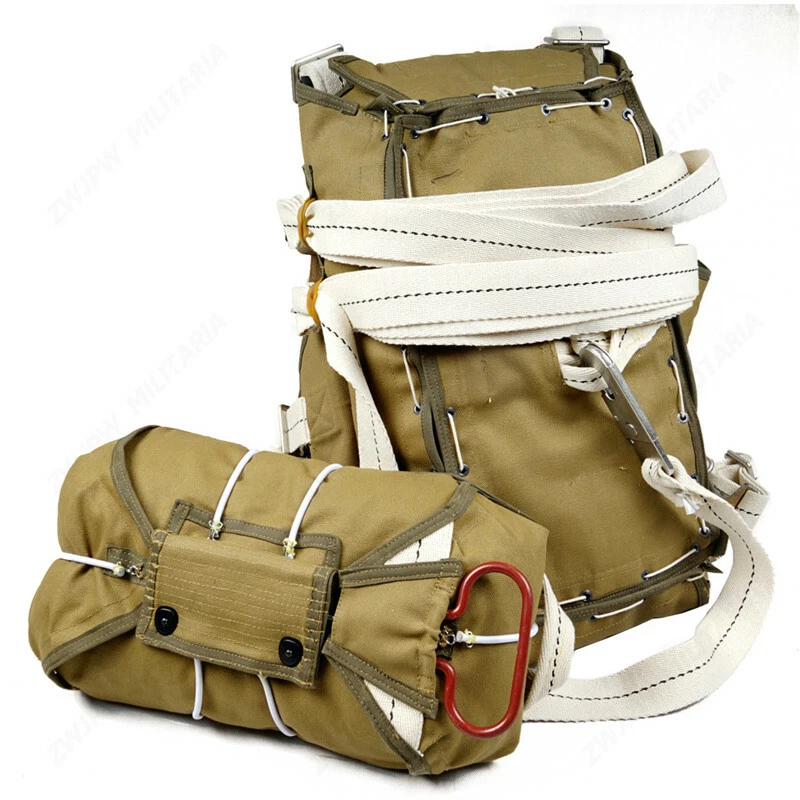
Items like M1 helmets, jump boots, and jump wings were collected by soldiers during World War II. Paratroopers, who were often the first into battle, wore specialized gear to ensure their readiness for airborne operations. The gear became a symbol of bravery and resilience, with many soldiers keeping their equipment as personal mementos. Collectors today value these items for their historical significance, as well as their connection to military heroism. These items are frequently sought after by military memorabilia collectors.
The value of paratrooper gear varies; a complete set with documentation can fetch between $500 and $2,000. For example, a US WWII Army replica Airborne T-5 Parachute set is priced at $405. Items like M1 helmets and jump boots are generally worth between $100 and $600. The items’ value is higher when accompanied by personal records or battlefield provenance. These historical items are found in auctions or specialty military gear shops.
U.S. Military Dog Tags
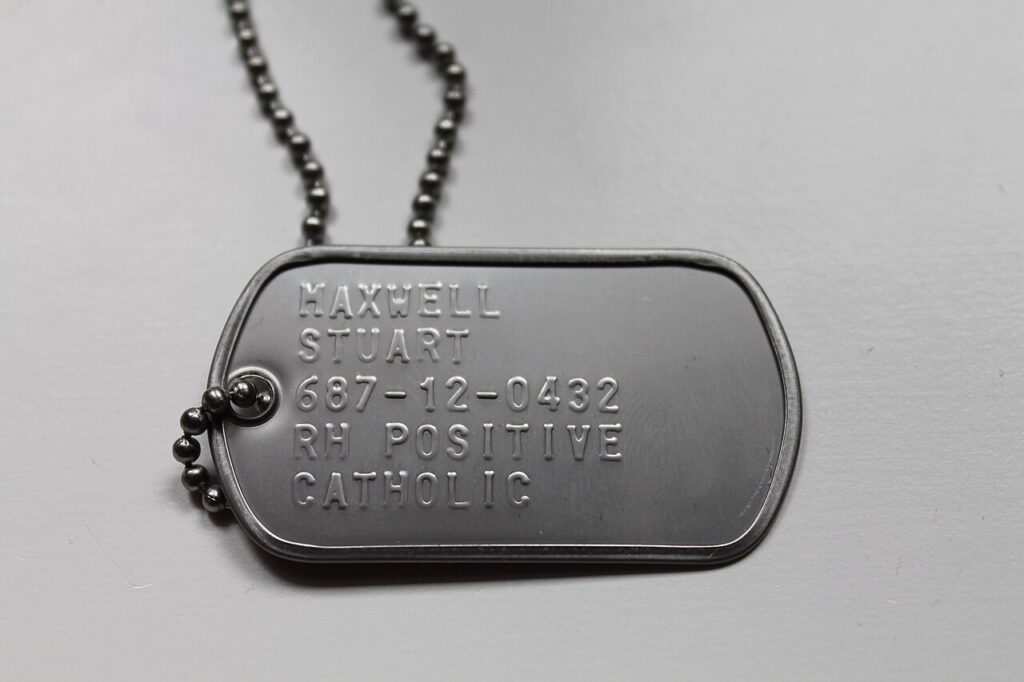
Dog tags were issued to U.S. soldiers for identification purposes during World War II. These metal tags were worn around the neck and contained essential information, such as the soldier’s name, blood type, and serial number. While not high-value individually, dog tags often serve as important mementos for veterans and their families. They are sometimes kept as personal keepsakes or passed down to future generations. Many families retain these items as symbolic of their loved ones’ service.
The value of military dog tags generally ranges between $50 and $100, depending on condition. Sets with historical documentation or rare inscriptions can be valued at $200 or more. These items are often sold through military surplus stores or online auction sites. Vintage or battlefield-documented tags can be priced higher. Dog tags are a simple yet meaningful reminder of a soldier’s service.
Combat Medals
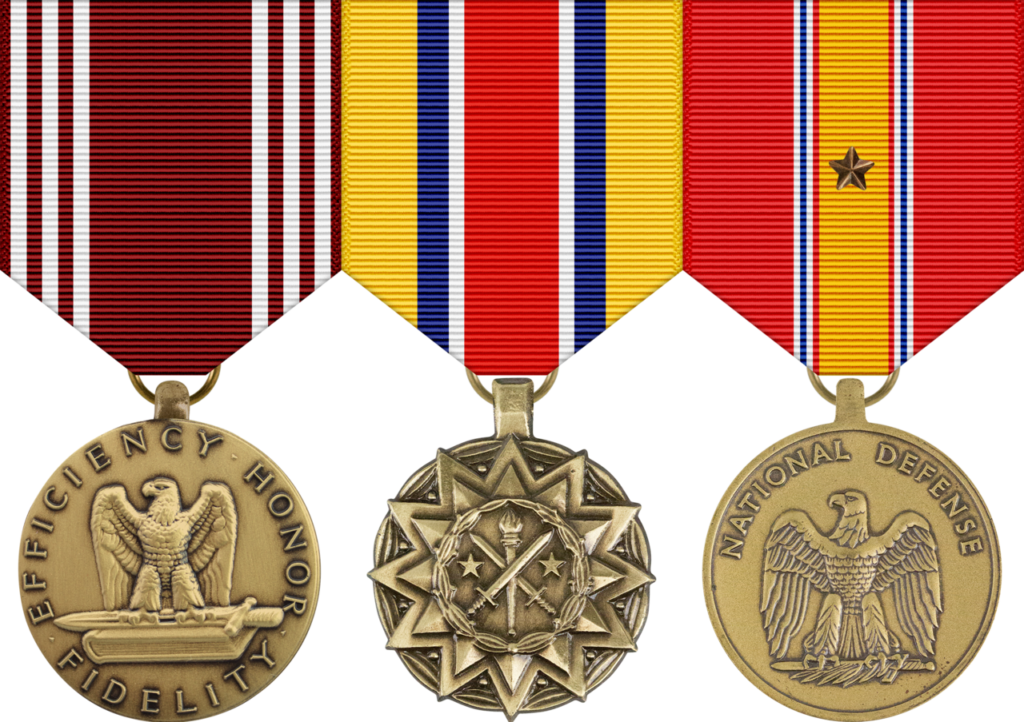
Medals awarded for acts of valor or service during World War II are often cherished by recipients and their families. These awards serve as recognition of a soldier’s bravery and contributions to the war effort. Combat medals come in various forms, including the Purple Heart, Bronze Star, and Silver Star. Each medal has its own level of significance, with higher awards generally being rarer and more valuable. For many, these medals represent both pride and sacrifice.
The value of combat medals varies widely. A rare WWII Medal of Honor can be valued at $1 million or more, while a standard Purple Heart may sell for $200 to $500. The value depends on rarity, condition, and historical provenance. Medals awarded to famous soldiers or those with documented battlefield history tend to fetch higher prices. These medals are commonly found at military memorabilia auctions and are highly sought after by collectors.
WWII German Helmet (M35)
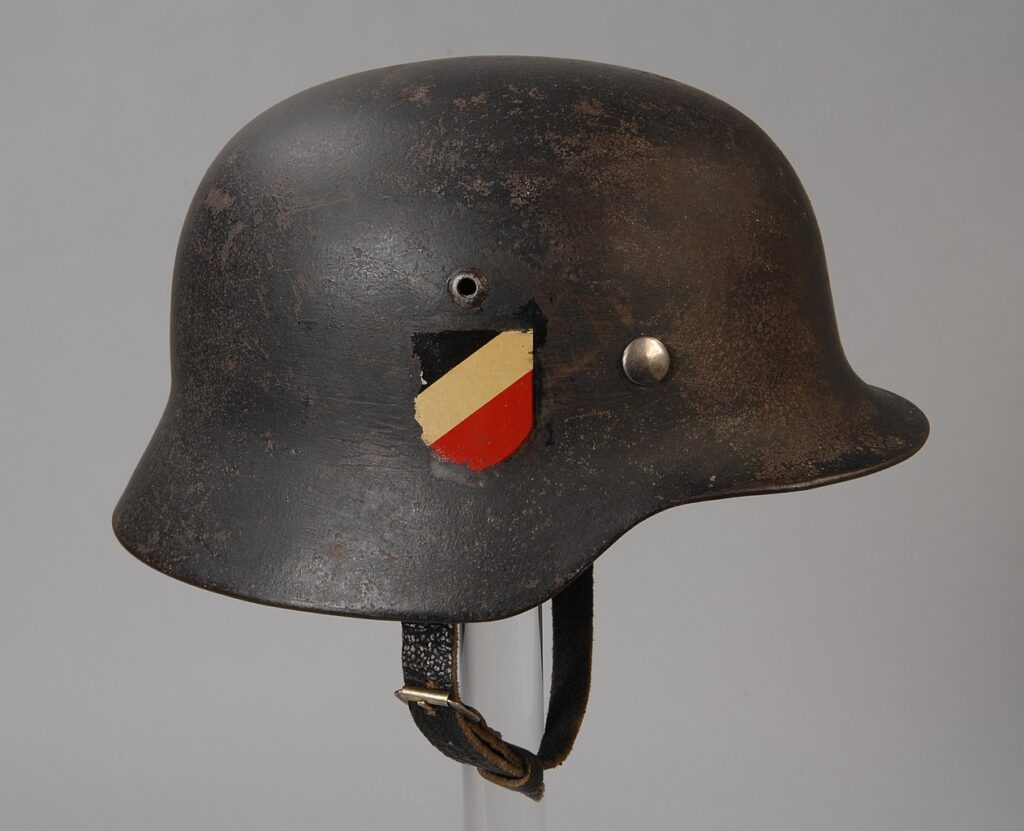
The M35 helmet was standard issue for German soldiers during World War II. The helmet was designed to provide head protection during combat, with its distinct steel design and removable liner. These helmets are often found by collectors who value them for both their military significance and historical context. The M35 was worn during some of the most pivotal battles of WWII, making it a valuable piece of history. Soldiers often kept these helmets as souvenirs, and they are now prized by military memorabilia collectors.
An original M35 German helmet can be valued at $1,200, depending on its condition and markings. Helmets with special markings or battle damage tend to be priced higher. These items are highly sought after in the military collectibles market. The presence of the original liner and chin strap can significantly increase the helmet’s value. These helmets can be found in specialized auctions and military memorabilia stores.
WWII U.S. M1 Carbine
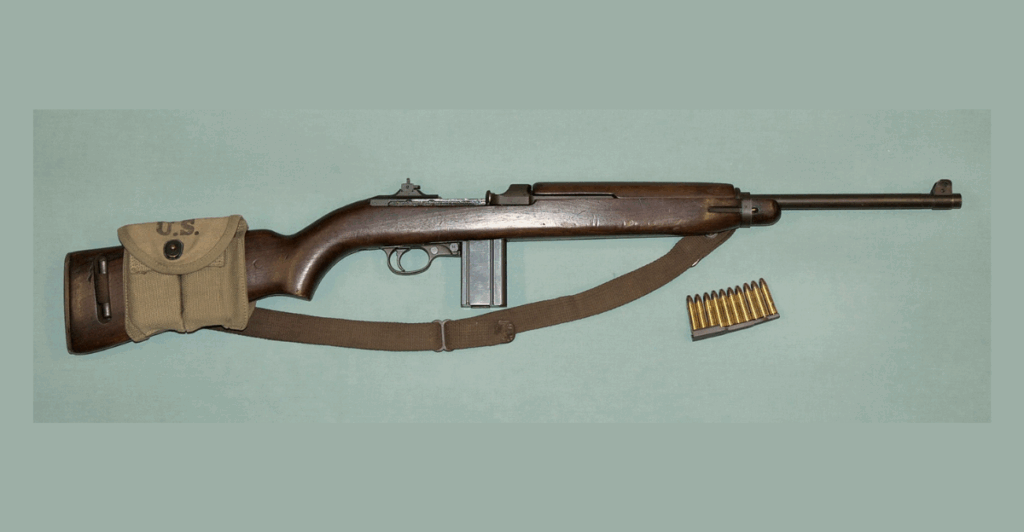
The M1 Carbine was a lightweight semi-automatic rifle used by U.S. troops during World War II. It became popular due to its compact size, making it ideal for paratroopers and soldiers who needed mobility without sacrificing firepower. After the war, many soldiers took these rifles as souvenirs, with some still remaining in civilian hands today. The M1 Carbine is considered one of the most iconic firearms of World War II. Its simple design and effectiveness in battle made it a prized possession.
The value of the M1 Carbine varies, with prices ranging from $800 to $1,200 for rifles in good condition. Rifles with historical provenance or rare features can be worth more. These rifles are often sold at military firearm auctions and through specialized gun dealers. The M1 Carbine’s place in history as a key weapon during WWII gives it substantial appeal among collectors.
These military souvenirs offer a fascinating look into history, with items ranging from personal keepsakes to rare collectibles. The prices provided are estimates, and market values may vary depending on the condition and historical importance of each item.
This article originally appeared on Avocadu.
